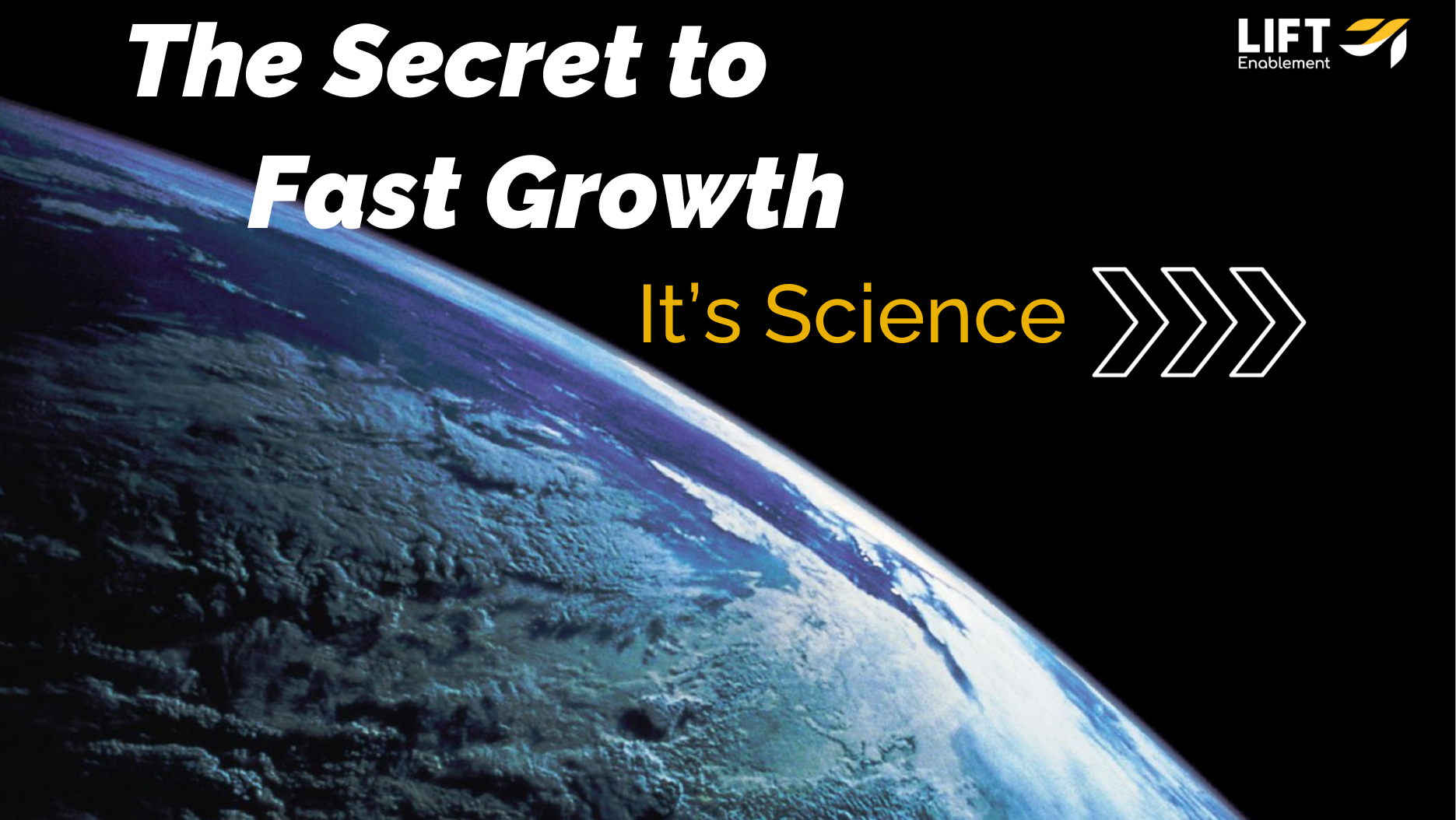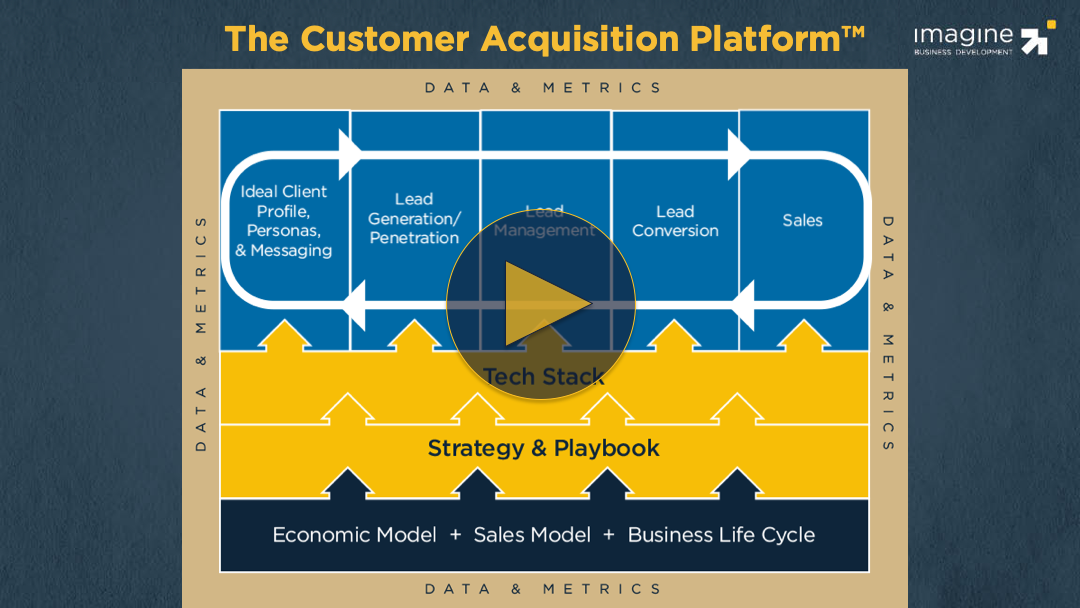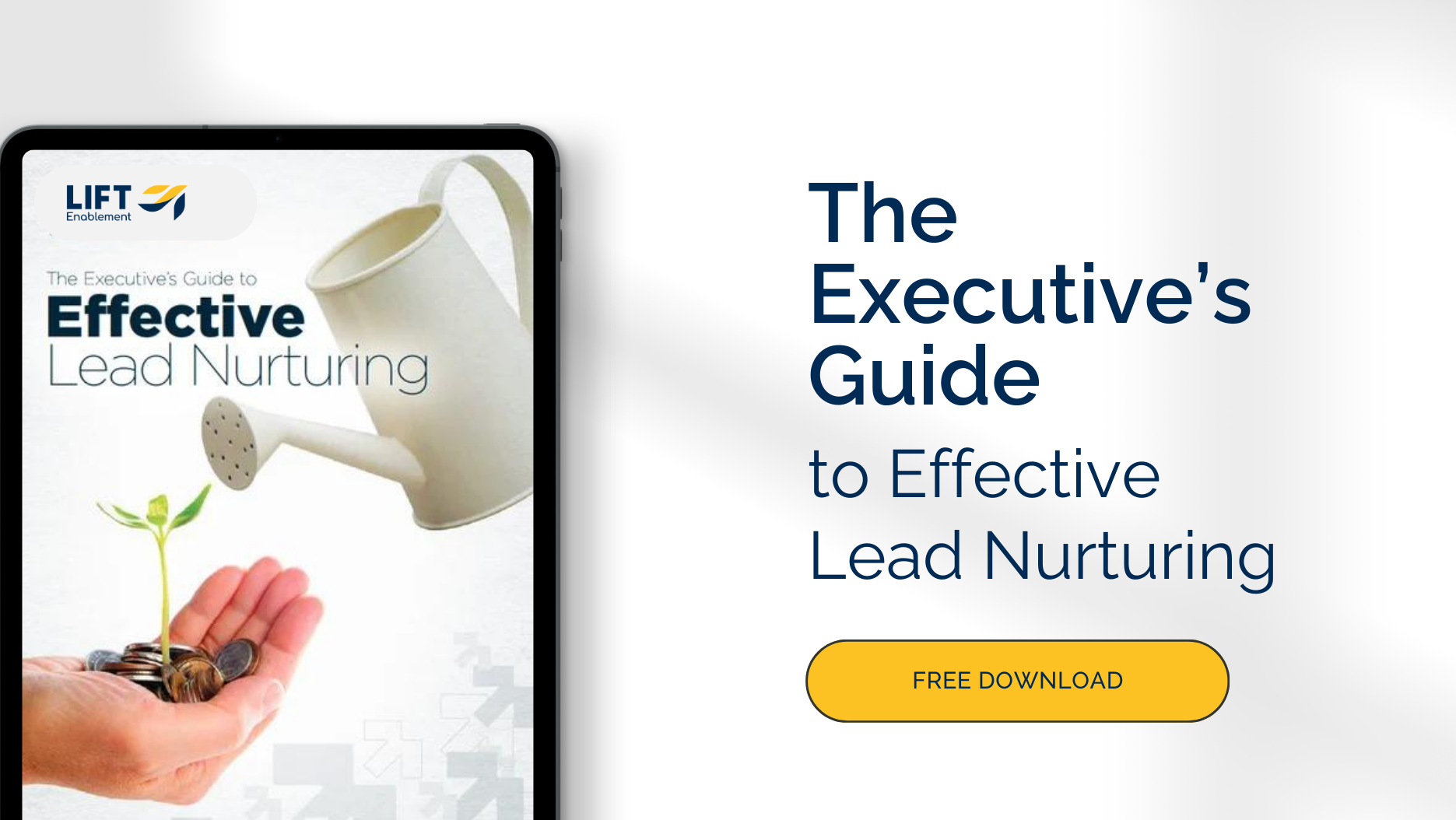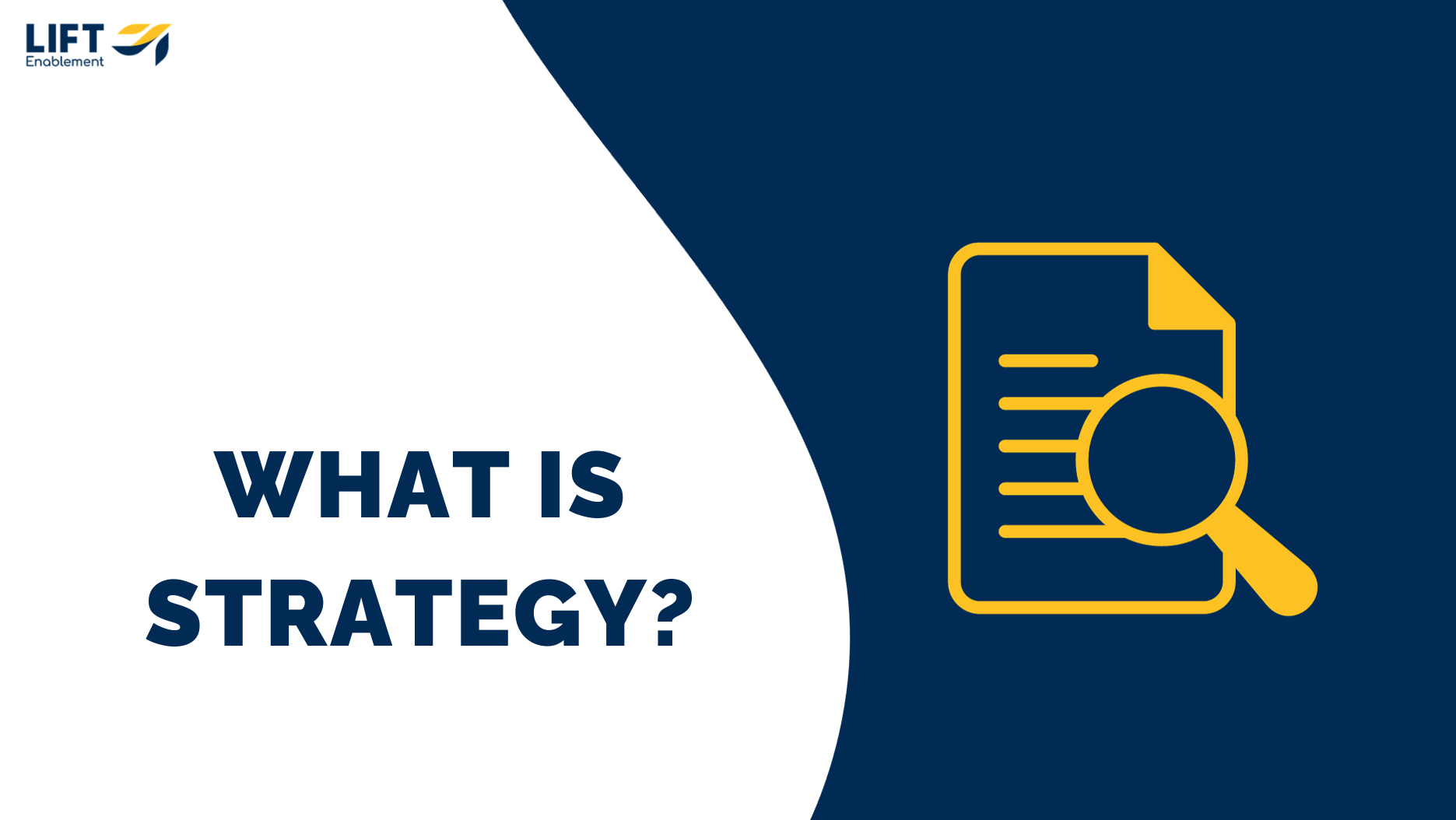Decoding The Sale
Winning Enterprise Accounts, Effortlessly
- While enterprise companies certainly want to pursue the best solution/option, it’s what’s perceived as the safest choice that most often wins out. While this is true for non-enterprise customers, it is far more acute and more difficult to overcome at the enterprise level. The reason for this is the variety and complexity of larger organizations.
- Enterprise customers are slower at making decisions. The reasons for this are that there are many issues competing for time, attention and money from key people. The complexity associated with every aspect of the business is far greater. (For example, we work with a sales team today that is larger than 95% of companies in the US - the sales team alone is nearly an “enterprise customer.”) With so much competing for attention, it takes longer for areas to get the necessary attention and support.
Urgency also carries far less weight in decision-making at the enterprise level. Most senior executives at these companies realize that even if they bought the “greatest solution ever” today, it’s going to take months/years for it to fully embed throughout the organization; if a change is involved, the disruption that is a natural part of such change must be managed. Disclaimer time. The model I share below is based on decades of personal experience, combined with interviews of both buyers and sellers. The 3 Engagement Path is the most common path I see enterprise companies take. There are certainly variations, so I am not claiming this is the path 100% of the time. I also realize that the three paths I share may look similar to “the three stages of the customer journey.” What makes this path different is the time between each engagement peak and what happens through each phase. I should also point out that while I refer to three engagement peaks, this does not mean that each peak occurs at one time; a prospect may peak back up within the same phase. The story I use to illustrate this path is overly simplified. It presents a nice, tidy process where actions and thoughts are clearly connected to specific, conscious intentions. I should also note that it never happens that way and is never as purposeful as I illustrate here.
Disclaimer time. The model I share below is based on decades of personal experience, combined with interviews of both buyers and sellers. The 3 Engagement Path is the most common path I see enterprise companies take. There are certainly variations, so I am not claiming this is the path 100% of the time. I also realize that the three paths I share may look similar to “the three stages of the customer journey.” What makes this path different is the time between each engagement peak and what happens through each phase. I should also point out that while I refer to three engagement peaks, this does not mean that each peak occurs at one time; a prospect may peak back up within the same phase. The story I use to illustrate this path is overly simplified. It presents a nice, tidy process where actions and thoughts are clearly connected to specific, conscious intentions. I should also note that it never happens that way and is never as purposeful as I illustrate here.
The 3 Engagements Path: Decoding The Enterprise Buying Journey
Val is the VP, Compensation for GrowthCo, Intl., a technology and managed services provider serving engineering, manufacturing and distribution companies. GrowthCo recently released a new product that addressed an important unmet need for their identified markets and as a result, is experiencing an acceleration in growth, as well as changing demands and expectations from their customers. Val reports to Pam, the Chief People Officer at GrowthCo and one of their primary focuses is on adjusting and upgrading their current talent, technology and operations capabilities. Their sales team is also experiencing a lot of change as the new product enables them to address the needs of much larger and more complex opportunities.
Val has always prided himself on staying up-to-date with the latest compensation and rewards strategies. He feels like he’s meaningfully contributed to GrowthCo’s record progress. He’s very excited about the opportunities in front of him and GrowthCo, but over dinner with his wife, he admits he’s feeling a bit stretched and is worried about what all of the changes are really going to mean for him and the people he’s grown close with at GrowthCo.
In a rare afternoon where Val had nothing pressing scheduled for the afternoon, he had the opportunity to lean back in his office chair and think about the path he’s charting. He’s worked to ensure that the compensation plans at GrowthCo aligned with their strategy, served to both incentivize & motivate key people (while also making it feel more expensive to consider leaving), all without negatively impacting GrowthCo’s gross or net margins. The board had made it clear that while growth was absolutely imperative, margins needed to be expanding, not maintaining or shrinking.
As he was perusing some recent articles he’d stored in his Pocket app, he was reminded of a conference he went to about nine months ago. At the conference, a compensation strategist for one of the major consulting firms shared a concept Val remembered as dynamic compensation. The advisor had talked about how gamification systems have significant impact and can enable companies to build comprehensive (and complicated) compensation schemas and deliver them in a very simple, easy-to-understand format to those impacted. The one thing Val knew with certainty from his years working with compensation was that if the employee couldn’t easily understand it so he could explain it to his mom, then it wouldn’t motivate anyone.
Val found the advisor’s name on Google, started reading some of the articles that she had published in Harvard Business Review, along with various blogs and other resources that were referenced. The concepts were intriguing and compelling. One thing that became clear to Val was that GrowthCo’s current compensation strategy was not the right one to get them where they wanted to go, but he was still struggling to understand the design and implementation of this new idea. He was concerned that it was just a little too far out of the reach of their current capabilities.
In what felt like 30 minutes, Val suddenly realized he’d spent the last 5 hours in his search and he was no running late to meet his wife and her best friend for dinner. Not wanting to leave, Val’s parting thought was, “Starting tomorrow, I’m going to dig into this and figure out how to apply it to GrowthCo.”
Engagement 1: What’s My Name?
So begins the first engagement peak. Disruption creates awareness and a gap begins to emerge. What causes that awareness is anyone’s guess. If you were to follow an enterprise executive around during a typical day, you’d likely see tens of brief awareness gaps open up, and then close as fast as they opened. A variety of factors must come together for the gap to stick. We’ve likely all been there before. Something happens, what I like to call an “Ow, Wow” or “Oh, Shit” moment, and suddenly we’re obsessing about something. We’re doing Google searches, talking to our peers, talking to non-peers, and engaging just about anyone who will listen (and sometimes even those who won’t).
We find the time, when previously it didn’t appear to exist, to dig into understanding the problem/opportunity we’ve identified. And yes, we even engage with marketing content and sales teams. Maybe we see a demo, talk to a sales rep, download a white paper or subscribe to a blog.
What makes Engagement 1 so difficult for selling organizations, is that the behavior of those in an Engagement 1 pattern looks and feels like buyers’ behavior. They ask “buying questions” and are very motivated. In many ways, curiosity is at its highest in this phase. But, and this is a big one, buying something isn’t really on their mind. People at this phase (especially in an enterprise company) are seeking to understand and to socialize the ideas they are pursuing.
Success at this stage lies in giving the problem (or opportunity) that is identified a name. It's important that the problem is given a name in this phase, because without one it is nearly impossible for the seed of the idea to spread and grow. If multiple people can’t refer to a newly identified problem by a common name, there’s no ability for it to get socialized and take root. If it doesn’t take root it won’t survive the interruption that’s about to come, and thus, won’t reach the next engagement peak.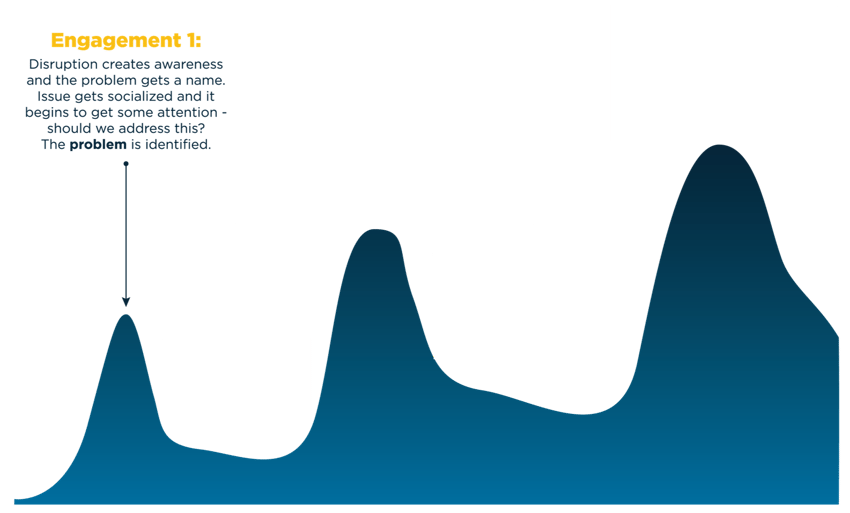
Valley 1
A few weeks later, Val is working on some spreadsheets so that he can give an update to Pam. Suddenly his cell phone rings with Welcome to the Jungle. Val programmed that so he’d know when Steve, the VP of Sales, was calling.
“Hey, what’s up, Steve?”
“Val, damnit, you’ve got to do something about the sales incentive plan. My best rep just resigned. Luckily, he’s not going to the competitor, but he’s still leaving and the reason he gave was more opportunity and more money at the new place!”
“Steve, you know that’s at the top of the list of things Pam and I are reviewing.”
“Top of the list isn’t enough. There’s no way we’re going to hit our numbers if I can’t retain my best salespeople…”
“Yeah Steve, I…”
“…and retaining doesn’t even get me started. I need to double the size of the sales team and I’m not going to be able to recruit the reps I need if we’ve got a crappy, old compensation program.”
Ultimately, Val did a good job calming Steve down, but soon after he was finished with Steve, Frank from finance was talking to him about how one part of the services organization was running over budget and things had to be done to pare costs back.
In the blink of an eye, all that time and attention that Val was paying to identify a better compensation framework disappears. Val would still do some research and thinking whenever he had a chance, but that was all on the proverbial back-burner now.
Engagement 2: Building Consensus
Four months later, Val was at Pam’s senior team monthly review. As they completed the planned agenda, Pam shared, “One more thing...the board has asked Erin (GrowthCo’s CEO) to identify a new initiative that will help to accelerate our traction to ensure we exceed plan. She’s charged all group heads to come to her in two weeks with a recommendation, so I’d like all of you to be ready to discuss what ideas we should recommend.”
Before Pam could say “meeting adjourned,” Rachel, GrowthCo’s head of recruiting, nearly shouted, “Hey Val, what about that gamification compensation thingamajig whatever you were talking about all the time a few months ago -- does that have any legs?”
“Well, uh, uhm, well, I started digging into it and it definitely has some promise,” Val meekly responded. “But, I have to admit that “the day job” had kind of gotten in the way and I never finished my research.”
Thus begins the second engagement peak. The idea that was seeded in the first phase had just enough stickiness to reemerge in the second. The second engagement phase (which could be called consideration) occurs when the disruption that was previously recognized reemerges when the company organization is considering a reallocation or new deployment of resources.
This is an idea or initiative culling period. This phase is akin to playing a regional qualification tournament for the World Series of Poker. Winning the regional tournament is an accomplishment in and of itself, but the only thing it really means is that you get to go another round at the big event. Winning this round means the idea/initiative reaches the point where it’s fully considered for implementation.
To win at this phase, it must attract the attention of multiple stakeholders and impact multiple domains. The goal at this phase is that the problem/opportunity that’s been identified by the potential buying organization wins the battle for attention and resources. The question the enterprise company is answering at phase is “Do we want to allocate resources to solve this?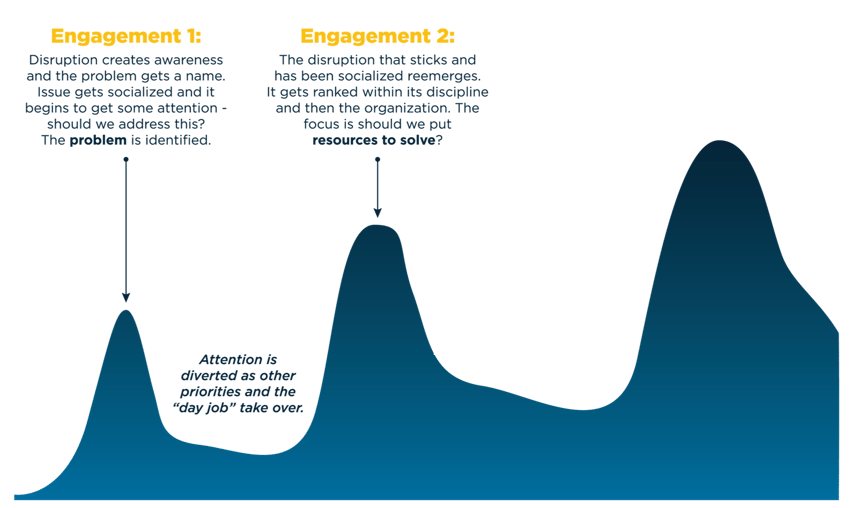 Valley 2
Valley 2
There are three potential outcomes at the end of Engagement 2:
- The idea doesn’t “win its round” and is pushed back down, in essence reverting back to Valley 1 or being rejected altogether.
- The idea is selected to be resourced, and immediately moves into an active implementation and thus buying cycle. Note, this is, by far, the least likely outcome.
- The idea wins, but needs more work, or more likely, other priorities already in progress emerge (or worse, a crisis emerges), once again diverting attention from the new to take care of the old.
Valley 2 is the period of time that it takes for an idea/initiative to reach the first point of intent (the intent to do something) and the time it takes to enter a formal consideration/purchasing sequence.
Engagement 3: The Buying Sequence
Three months later Val’s idea looked like it was going to cross the second valley, but it turned out to be a “false alarm.” It turned out the increased pull on GrowthCo’s resources from their new product required that they upgrade the ERP and other backend systems and recruiting ended up taking more resources (and costs) than had been originally intended. So, all told, seven months after Pam shared Val’s idea with Erin, GrowthCo decided to pursue a transformation in their compensation programs.
During the second engagement peak, Val and his team identified that, organizationally, they could adopt the type of approach that he had first encountered. They would, of course, have to make some tweaks to the strategy to make it work for them. The key issue that was identified was that to be successful GrowthCo would need to do three things to make the effort a success:
- Change the management philosophy in much of the company to create the freedom that would be necessary for the compensation strategy to work
- Create a better system to identify, monitor and calculate the key metrics to support the strategy that was going to be employed, as well as make it easy for employees to understand and track. As part of the requirements, employees would need to have access to a tool to play around with potential future scenarios so they could see how certain behaviors, when mixed with results, would impact the incomes.
- The training and support necessary to make the tools, system, and strategy work efficiently and flexible to meet the demands of the future.
The second item became the focus for the team that was informally created to identify potential solutions and, ultimately, to select the vendor of choice.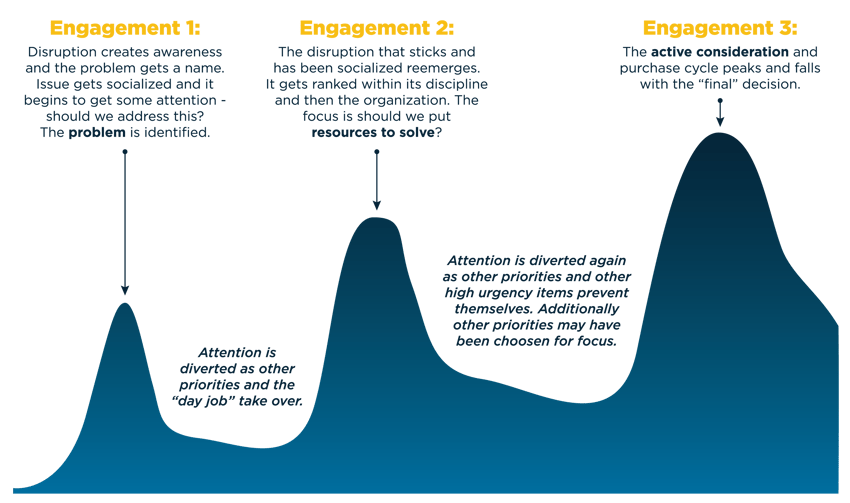 Tips for Success on The 3 Engagements Path
Tips for Success on The 3 Engagements Path
Engagement 1
- While people in Engagement 1 often look and feel like bona fide “buyers,” the main difference is that at this stage they are often not thinking at all about products, services, solutions, etc. and when they are they are “vendor-agnostic.” They may dig into various products and even ask for proposals but what’s motivating their behavior is the curiosity to understand what’s out there. They also want to know that, if they were to consider doing something about the issue they’re focused on, whether their actions would be viable.
- This means that price/cost is often discussed at this stage. And please (please, please, please) don’t try “value-selling” or “value-pricing” at this stage. If you try to get prospects at this stage to articulate what something is “worth,” the best response you’ll get is dismissive -- and more likely than not, you’ll annoy them. The reason for this is that, at this stage, they often don’t know what something is worth; whatever sense they have around worth is likely far more than they would be willing to pay. The reason people at this phase are asking about price/costs is that they’re determining if something is even worth considering. In Val’s example above, you can see that two concerns emerged for him during this phase. He was concerned that the strategy may be too big or complicated for GrowthCo and, as a consequence of that concern, he was concerned the strategy would be too expensive. (Remember, he’s operating under a charge of increase margins, or else.)
- As a seller, content creator, or marketer, your focus at this stage needs to be on the buyer’s context. This is the primary teaching phase. Your opportunity is that you can define the problem, giving it a name. This is absolutely not the time to be talking about product.
- The teaching focus and the sales conversations at this stage should focus on:
- Helping your potential customer to clearly identify their desired outcomes or the “job to be done”
- Creating greater understanding and awareness of the gap(s) preventing them from experiencing success
- The upstream, downstream and cross-stream impacts/consequences of the problem/opportunity
Valley 1
- Socialization is the critical success factor to get an idea from the seed stage of Engagement 1 to the critical mass stage of Engagement 2. Your goal here is to enable the spread of the insights created in the first phase.
- A critical success factor of Engagement 2 is building consensus. Research shows just how much conflict exists between the various participants of a buying decision in an enterprise company. This is your chance to begin building relationships across the organization without it being perceived as going around or above “somebody’s head.”
- For salespeople, your goal at this stage is to build at least three relationships in three different disciplines and two levels of the organization (and by all means, don’t hold yourself to the minimal target).
- For marketers, your goal is to get your content to spread within the organization. Make it easy for the person who is engaged to share it with others.
- Valley 1 can last anywhere between one and six months (or longer) so your other job is simply to maintain a level of engagement that puts you in a place to be “revived” in the next phase.
Engagement 2
- This is where the work you do in Engagement and Valley 1 pays off. If you’ve spread your message and delivering a strong teaching point-of-view, you’ve got a good chance to be a player in this round.
- Engagement 2 is the competition of ideas phase. This is where persona personalization often goes wrong. Legacy messaging strategy teaches that you should personalize your content/message to each persona. The problem with that is that it actually increases the gap and conflict between the various personas. Your goal here is to elevate the conversation so that your idea is, at least, everybody’s second choice.
- You do this by bringing clarity to the desired outcomes and definition of success, by highlighting how the problem/opportunity you address impacts everybody and by making the path to decision clearer than any other.
- Humans (and therefore, your buyers) are “path of least resistance” animals. Confusion is a big friction point. The best way to make a complex product/service feel easier is by creating clarity around the path to making a decision.
- The focus for sales, content, and marketing should be impact and consequences. You should be enabling your potential customers to build the business case.
Valley 2
- When managed correctly, this is the most vulnerable phase for a selling organization of the entire path. The reason is that you’ve done just about everything right (or you’ve done enough right to be “the chosen initiative”). Most of what’s happening in Valley 2 is outside of your control and often outside of the control of the buying organization.
- The biggest risk here is the age-old sales adage “time kills all deals,” so you must maintain a level of urgency, and you must be careful that you don’t behave too urgently.
- Maintain an ongoing dialogue (the rhythm of that dialogue is highly situational) and take advantage of the relationships you’ve built within the organization. Often, the non-executive-level people who will be the ones to use your product/service are your biggest assets, letting you know what’s going on and “nudging their boss.” Note: this is different from the traditional “have a champion” approach.
- The three best things you can do for success at this point are:
- Much like in Valley 1, find ways to maintain a level of engagement
- Let them experience what it’s like to be a customer/client - keep them up to date
- Keep the focus on impacts and outcomes. If your conversations with people within the organization support this tactic, you can, sometimes, succeed by scaling down an initial engagement to make it easier and less disruptive
- Remember that if the problem is real and your recommendations are on-point, people want to solve their problems. So your goal here is to keep the perceived importance of the problem you’re addressing high (time kills deals because the longer something is around the less important it often feels) and do what you can to heighten the urgency.
Engagement 3
- If you’ve been there from the beginning, Engagement 3 is likely the simplest phase of the process.
- The key to a successful Engagement 3 experience is to have a strong sales process and approach. You can see our comprehensive guide to building a strong sales process and approach here. (No registration required.)
Winning With Less Effort
There’s no question that enterprise opportunities are more complicated than non-enterprise deals, but that can play to your advantage if you design your processes to align with this framework. As my friends in financial services are fond of saying, “The trend is your friend.” Their point is that when you don’t fight it, it can play to your advantage.
With small and most mid-market opportunities, the buying sequence is much more of a single, urgency-laden series of activities. When a “buying cycle” starts in these markets, you better allocate the resources to get them all of the way through the cycle before momentum is lost. Once it’s lost, reviving it becomes very difficult. You’re often better off treating those situations as though you were generating a new cycle.
At the enterprise level, this is rarely true. In most cases when it appears to be true, the reality is that the selling organization is only getting involved late in the process, often in the latter stages of Engagement 3. In these cases, the path described here took place, the seller just wasn’t around to know about it.
When you make this path your friend, you adjust your marketing development and sales approach to one where you thread opportunities. You know that enterprise opportunities will have peaks and valleys; the job of the sales rep and demand-gen team is to generate and enable the process so that more opportunities can be managed. With this approach (to paraphrase author Harvey Mackey), you build your well before you’re thirsty. The net result of that is allowing you to manage more revenue opportunities while increasing the predictability and yield of your wins.

